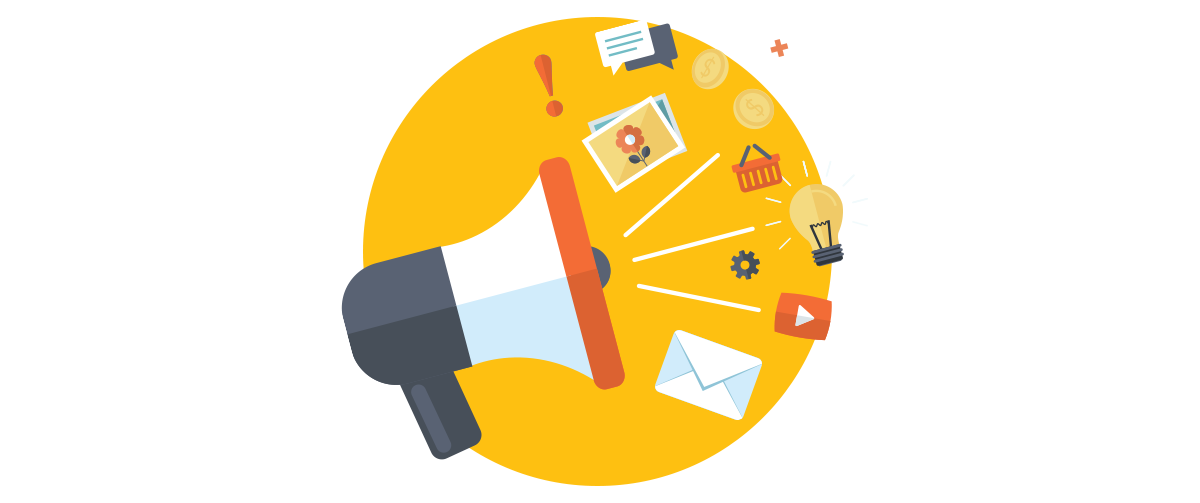Is Your Marketing Missing Something?


Even the right message at the wrong stage of the buying cycle
will not achieve the business’ goals.
Pre-Market/High Funnel Marketing
“Even the right message at the wrong stage of the buying cycle
will not achieve the business’ goals.”

Driving Customer Engagement
Native or sponsored content has become a huge industry buzz over the past couple years and for good reason, it drives engagement. This type of content not only educates an audience, but positions businesses as authorities on their subject matter. Give people a reason to care and a sense that you know what you are doing and they become way more likely to do business with you.
Branding
Social media gives marketers a big opportunity to drive engagement. Marketers know they need to use social media, but so often I see content that serves no real purpose. If you put content on Facebook, what do you want your customer to do with it? An even better question, how will this lead someone to do business with you? A business’ social channels can become an engaged community of customers and prospects who share stories and content about you, or it can be a dumping ground for irrelevant and wasteful content that serves no purpose other than checking the box to say you are doing social media advertising.

It takes time, but we have to grow our own fruit to fill our funnel.
There are many ways to engage your market, from display messaging with a more engaging message and call to action, to in-store displays and training for your sales staff. Marketers must be mindful of the messaging. If it does not make people care or drive the consumer to further understand how a business or product can make their lives better, then it will not help to drive sales.
Show Me The Money
Very often I come across a business that puts a lot of effort into the conversion part of the buying cycle. They use aggressive paid search campaigns to try and capture consumers who are looking for a product or service. This is the next logical step in the buying cycle, but it does not work with near as much success or efficiency if a business ignores the awareness and engagement stages of the buying cycle.
The Harvard Business School conducted a 2013 study on this and I address that topic more in my article Isolated Search Marketers, The Scavengers of the Internet. The condensed version is that if a customer does not care then he or she will never search for you in the first place.
On top of that, if they do care and want a product or service, but one of your competitors has created brand awareness and engagement the market is more likely to choose your competition.
Outside of the search world, it is still possible and a good idea to try to convert your market through display and social channels. The key here is crafting different messaging designed to drive the conversion. Often, a strong call to action that is re-messaged off a business’ engaging content will perform very well. This type of message performs dramatically better once a customer is in-market.
Building Brand Advocates
The conversion point is often considered the end of the buying cycle, but I would argue it represents a new beginning. Many marketers are missing the opportunity to create a loyal following of brand advocates. Current customers can easily become more frequent customers or even act as an outside sales team if you drive them.
Social media is all about sharing, successful brands use it to tell stories. One of my favorite brands, Dagger Kayaks, tells stories about how people use their products on their social channels. These are real stories that engage current and new customers to care about their products. When marketers successful use their current customers to engage new customers we create a true circle for this sales cycle. Imagine how a business could decrease their cost per acquisition if every new customer brought in two more new customers.




